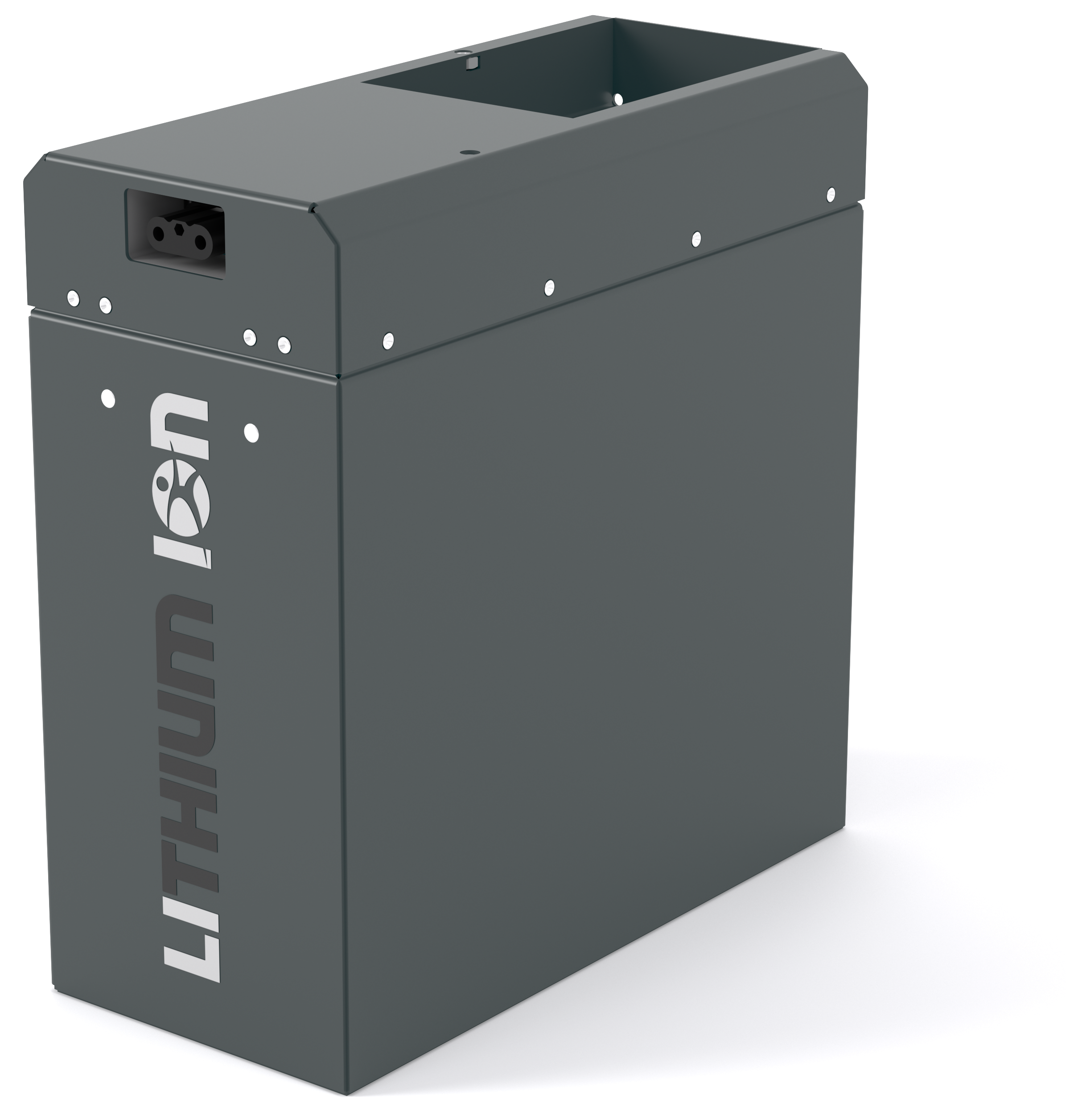2nd Life Use Case for Li-Ion Battery Modules
Practical example: Construction of a 25 Mw stationary storage tank in Freiberg, Saxony, Germany After their successful use in vehicles, batteries are assembled into a stationary system. The stationary storage is initially used to deliver primary control energy. Other suitable areas of application include the intermediate storage of renewable energy or use as a self-consumption […]
2nd Life insert for lead-acid batteries
Remanufacturing as part of manufacturing Professional and efficient testing and reprocessing process Batteries already in use are prepared for use in “2nd life” in the style of series production A real alternative to the new battery system Complete testing of all components Replacement of defective or worn components Comprehensive functional test before delivery Cost advantage […]
NMC vs. LFP Lifecycle Management
Energy systems based on NMC and LFP technology enable utilization concepts in 2nd as well as 3rd life. These include rental applications and stationary storage solutions. Value Stream NMC (TC) 1st life Optimized TCONovum AI for the determination of the SOHUse up to 75% of the remaining capacity 2nd life Use in rental fleets2 End […]
Recycling & Reprocessing
With the help of a professional remanufacturing process, we make used batteries fit for their so-called “second life” – and this on an industrial scale with a rate of approx. 90% in the area of lead batteries. In addition, we operate our own certified disposal facility for batteries of all sizes. Dismantling, storage & recycling […]
The TRIATHLON Sustainability Policy
High transparency in the supply chains a.o. Strict monitoring of suppliers internally mapped steps of the value chain as a benchmark for externally Resource-efficient production a.o. holistic recycling concept extensive use of renewable energies Product development for a Optimal life cycle management a.o. 2nd and 3rd life concepts developed and implemented R&D objective: Laying the […]
Keeping track – anytime and anywhere
The MD LOADmanagement Dashboard History of the power values Live view of the individual chargers Live view of the battery state of charge (SOC)
Latest features
Integration of charging stations for cars and trucks In MD LOADmanagement, charging stations for cars and trucks can now also be mapped and thus integrated into the energy management. After all, forklifts and other industrial trucks are no longer the only electric vehicles on a company’s premises. PV systems and stationary storage Energy to be […]
The schematic structure
MD LOADmanagement communicates via various possible interfaces with all chargers or charging stations integrated into the system. When a battery is connected to a charging station, the intelligent algorithm assigns the maximum possible power to the charging process. Limits can be set individually at any time.
Li-Ion battery systems: Strong advantages with consequences
Lithium-ion batteries are increasingly replacing conventional lead-acid batteries One of the main advantages? The high-current charging capability of lithium-ion battery systems Fast and intermediate loads enable the longer operating times and higher productivity required today Optimization of energy and installation costs The solution?
Why MD LOADmanagement?
Energy costs Industrial customers pay a labor and capacity price Power price averaged over 15 minutes (35,040 values/year). Attention: The highest consumption is used Investment costs High charging power also means high grid power Existing infrastructure often insufficient If extensive investments are necessary… Sockets with higher current values Cables with larger cross sections Extension/renewal of, […]



